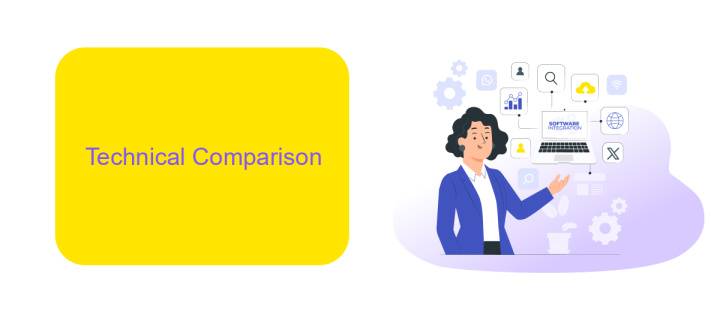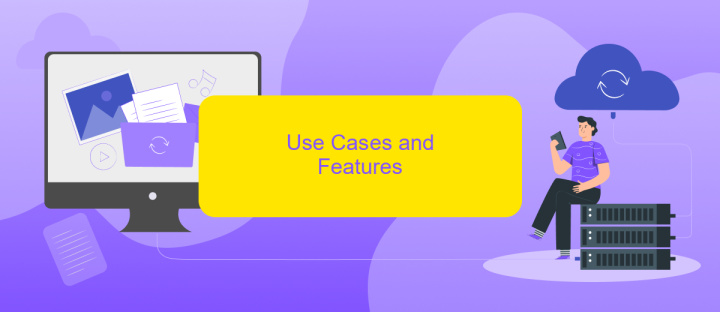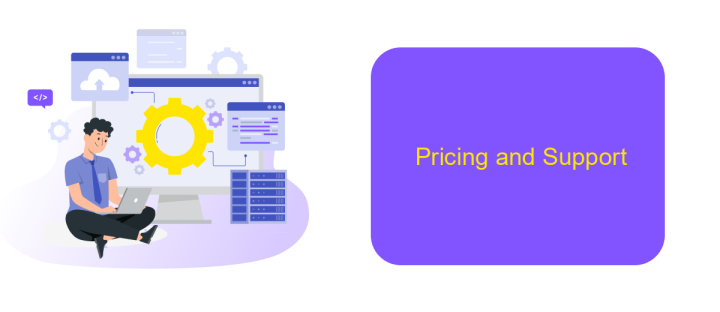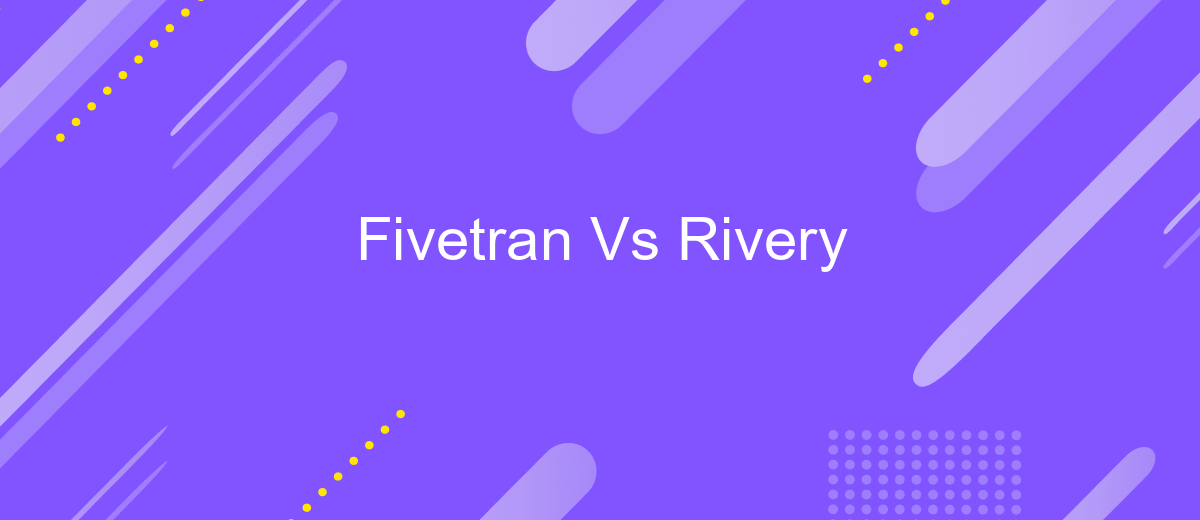Fivetran Vs Rivery
When it comes to data integration, choosing the right tool can make all the difference. Fivetran and Rivery are two leading platforms that promise seamless data connectivity and transformation. This article delves into a detailed comparison of Fivetran and Rivery, examining their features, strengths, and potential drawbacks to help you make an informed decision for your data strategy.
Introduction and Overview
In the rapidly evolving landscape of data integration, Fivetran and Rivery have emerged as leading platforms, each offering unique features and capabilities. Both solutions aim to simplify the process of moving data from multiple sources into a centralized location, such as a data warehouse, for analysis and reporting. However, choosing the right tool for your organization depends on various factors, including ease of use, flexibility, and pricing.
- Fivetran: Known for its simplicity and automated data pipelines, Fivetran is ideal for organizations looking for a hands-off approach to data integration.
- Rivery: Offers greater customization and control, making it suitable for businesses that require more tailored data workflows and transformations.
- ApiX-Drive: A versatile service that can assist in setting up and managing integrations, ensuring seamless data flow between different systems.
Understanding the strengths and weaknesses of Fivetran, Rivery, and complementary tools like ApiX-Drive can help organizations make an informed decision. By evaluating these platforms based on specific business needs, companies can optimize their data integration processes, ultimately driving more efficient and insightful analytics.
Technical Comparison

Fivetran and Rivery are both powerful data integration platforms, but they cater to different needs. Fivetran excels in automated data pipelines, providing robust connectors that ensure data is always up-to-date. It offers a hands-off approach with minimal configuration, making it ideal for businesses that prioritize ease of use and reliability. In contrast, Rivery offers more flexibility with its no-code interface, allowing users to create custom data workflows and transformations. This makes Rivery a better choice for organizations that require more control over their data processes.
Both platforms support a wide range of data sources, but their integration capabilities differ. Fivetran focuses on pre-built connectors, ensuring quick and seamless integration with popular databases and applications. Rivery, on the other hand, provides a more versatile solution with its ability to handle complex data transformations and multi-step workflows. For businesses looking for additional integration options, ApiX-Drive can be a valuable tool, offering extensive integration possibilities and simplifying the process of connecting various services. Ultimately, the choice between Fivetran and Rivery depends on the specific needs and technical requirements of the business.
Use Cases and Features

When comparing Fivetran and Rivery, it's essential to understand their use cases and features to determine which platform best suits your data integration needs. Both platforms offer robust solutions, but they cater to slightly different requirements and workflows.
- Data Integration: Fivetran excels in automated data integration, providing pre-built connectors for a wide range of data sources. Rivery, on the other hand, offers a more customizable approach, allowing users to create bespoke data pipelines.
- ETL vs. ELT: Fivetran primarily focuses on ELT (Extract, Load, Transform) processes, making it ideal for organizations that prefer transforming data within their data warehouse. Rivery supports both ETL (Extract, Transform, Load) and ELT, giving users flexibility in how they handle their data.
- Real-Time Data Sync: Both platforms support real-time data synchronization, but Rivery's real-time capabilities are particularly strong, providing instant data updates and minimizing latency.
- Integration with Third-Party Services: Platforms like ApiX-Drive can enhance both Fivetran and Rivery by offering additional integration options, simplifying the process of connecting various data sources and services.
In conclusion, Fivetran is well-suited for organizations seeking a straightforward, automated ELT solution with a wide range of connectors. Rivery, with its flexible ETL/ELT capabilities and real-time data sync, is ideal for those needing a more customizable approach. Additionally, leveraging services like ApiX-Drive can further streamline the integration process, enhancing the overall efficiency of your data workflows.
Pricing and Support

When it comes to pricing, Fivetran and Rivery offer different models to cater to various business needs. Fivetran primarily charges based on the volume of data processed, making it a suitable option for companies with predictable data flows. Rivery, on the other hand, provides a more flexible pricing model that includes both volume-based and usage-based options, allowing businesses to choose the plan that best fits their requirements.
Support is another crucial aspect to consider. Fivetran offers comprehensive support through documentation, community forums, and a dedicated support team available via email and chat. Rivery also provides excellent support with extensive documentation, a responsive support team, and personalized onboarding sessions to help users get started quickly.
- Fivetran: Volume-based pricing, email and chat support
- Rivery: Flexible pricing, personalized onboarding sessions
Additionally, for those looking to streamline their integration processes, services like ApiX-Drive can be invaluable. ApiX-Drive simplifies the setup and management of integrations, allowing businesses to connect various data sources effortlessly. This can be particularly beneficial for companies using either Fivetran or Rivery, as it enhances the overall efficiency and effectiveness of their data management strategies.
Conclusion
In comparing Fivetran and Rivery, both platforms offer robust solutions for data integration, each with unique strengths. Fivetran excels in its ease of use and automated data pipelines, making it an excellent choice for businesses looking for a hands-off approach. On the other hand, Rivery provides more flexibility and customization options, catering to organizations that require tailored data workflows and transformations.
Ultimately, the choice between Fivetran and Rivery depends on specific business needs and technical requirements. For those seeking an alternative that combines ease of use with customization, ApiX-Drive could be a viable option. ApiX-Drive offers straightforward integration setups and supports a wide range of services, enabling businesses to streamline their data processes efficiently. Evaluating the unique features and capabilities of each platform will help in making an informed decision that aligns with organizational goals.
FAQ
What are the primary differences between Fivetran and Rivery?
Which tool is more suitable for a small business with limited technical resources?
Can both Fivetran and Rivery integrate with major data warehouses?
What are the pricing models for Fivetran and Rivery?
Is there an alternative for businesses looking to automate and customize integrations without heavy technical involvement?
Time is the most valuable resource in today's business realities. By eliminating the routine from work processes, you will get more opportunities to implement the most daring plans and ideas. Choose – you can continue to waste time, money and nerves on inefficient solutions, or you can use ApiX-Drive, automating work processes and achieving results with minimal investment of money, effort and human resources.

